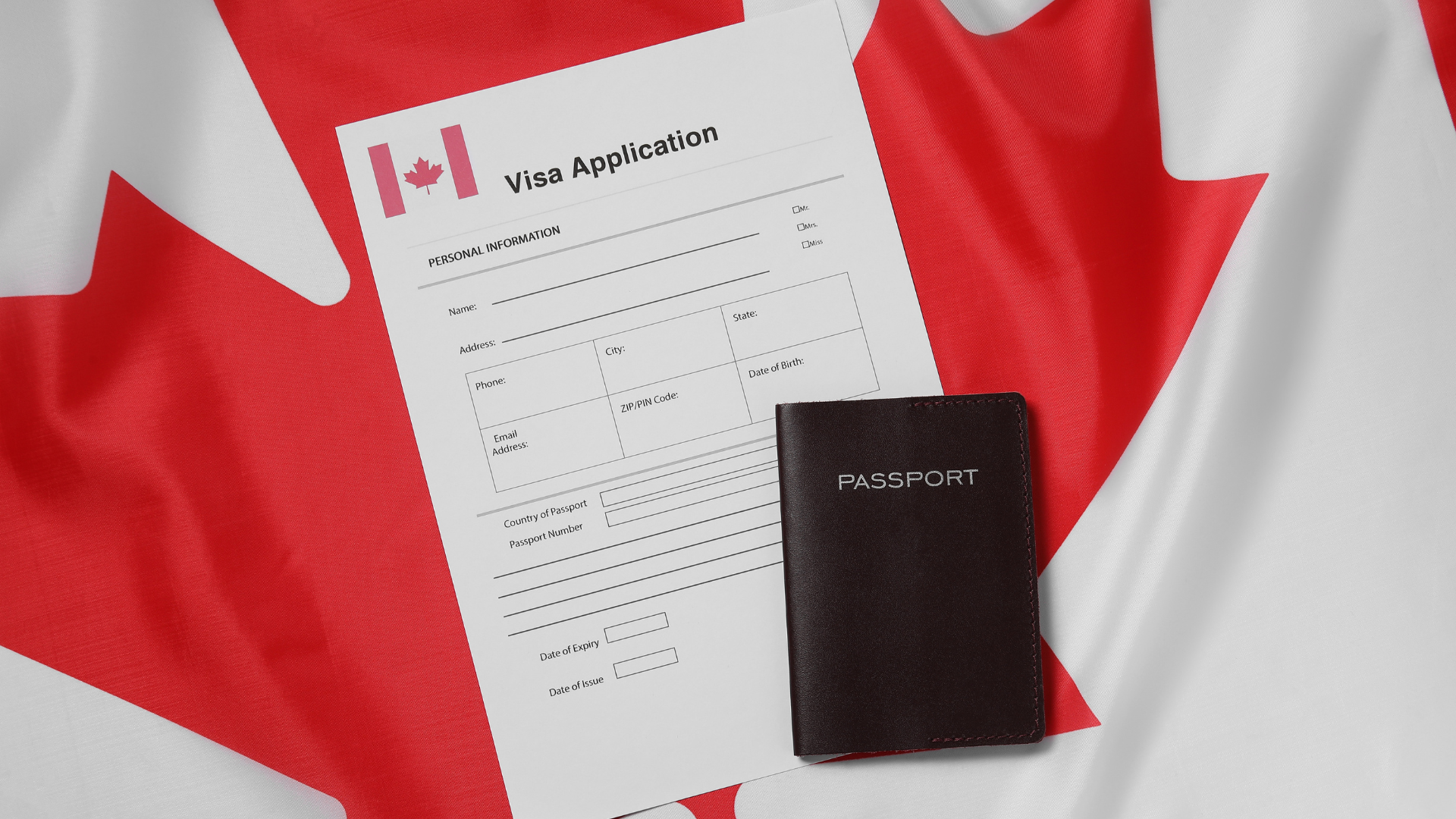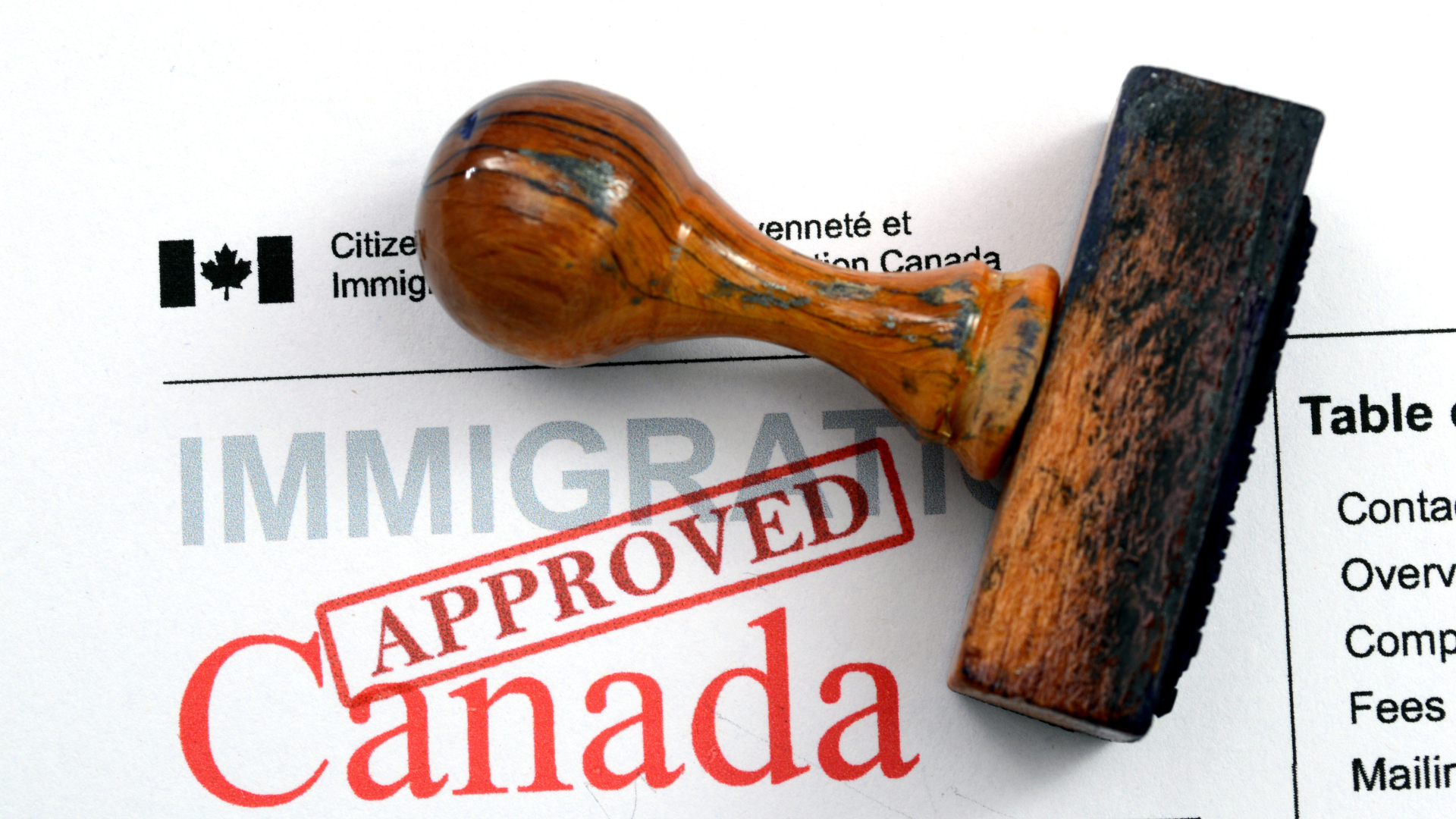How Canada’s 2025 Immigration Levels Plan Impacts Express Entry Candidates

Canada’s latest Immigration Levels Plan is set to change
the landscape for foreign nationals aiming for permanent residency through the
Express Entry system. This new plan allocates more spots for Express Entry
candidates in 2025, especially favoring two types of applicants: those already
in Canada and those eligible for category-based draws. Here’s a breakdown of
what these changes mean for candidates and how they might impact the chances of
receiving an Invitation to Apply (ITA).
Increase in Express Entry Allocations for 2025
Although Canada’s overall permanent resident target for
2025 has been reduced by about 20%, the number of spots for Express Entry has
actually increased. Here’s a comparison of the targets:
- 2025
Target (New Plan): 124,680
- 2025
Target (Last Year’s Plan): 117,500
- 2024
Target (Last Year’s Plan): 110,770
This rise in the target means that more ITAs will likely be
issued to Express Entry candidates in 2025 than in 2024, opening up more
opportunities for those who qualify under the Express Entry system.
Prioritizing Candidates Already in Canada
A key addition to this year’s plan is the “In-Canada Focus”
category, which specifically targets candidates already residing in Canada. In
2025, 82,980 of the spots within economic immigration will be allocated to this
group, which is about 42% of the federal economic immigration target.
If you are an Express Entry candidate currently living in
Canada, your chances of receiving an ITA in 2025 are expected to improve due to
this new priority. However, overseas candidates in programs like the Federal
Skilled Worker Program (FSWP) or Federal Skilled Trades Program (FSTP) may find
it more challenging to secure an ITA.
Category-Based Draws to Address Key Occupations
The Immigration Levels Plan also includes 41,700 permanent
residency spots for the “Federal Economic Priorities” category, which will
likely be implemented through category-based draws. These draws are designed to
invite candidates who meet specific needs in Canada’s job market. Here are the
main categories currently being prioritized:
- French-Language
Proficiency
- Healthcare
Occupations
- STEM
(Science, Technology, Engineering, and Math) Occupations
- Trade
Occupations
- Transport
Occupations
- Agriculture
and Agri-Food Occupations
For 2025, particular emphasis will be placed on healthcare,
trade, and French-language proficiency categories. Candidates eligible in these
categories are more likely to receive an ITA.
To qualify for a category-based draw in an in-demand
occupation, candidates generally need at least six months of work experience
(or equivalent part-time) within the last three years in a relevant field.
Background of the “In-Canada Focus” and
Category-Based Draws
In March 2024, Immigration Minister Marc Miller announced
the intent to prioritize “domestic draws,” aimed at helping temporary residents
transition to permanent residency. Following this, from May to October 2024,
Canada issued 25,700 ITAs across eight Canadian Experience Class (CEC) draws.
Additionally, IRCC plans to reduce temporary residents from 7% of the
population to 5% by 2026.
Category-based draws have also been prominent in 2024, with
IRCC conducting multiple rounds targeting specific occupations. Here’s a
summary:
|
Category |
Number of Draws |
Number of ITAs |
|
Agriculture and Agri-Food |
1 |
150 |
|
French-Language Proficiency |
9 |
21,400 |
|
Healthcare |
2 |
7,250 |
|
STEM |
1 |
4,500 |
|
Trade |
2 |
3,600 |
|
Transport |
1 |
975 |
The new Immigration Levels Plan for 2025 confirms Canada’s
ongoing commitment to category-based draws and suggests that occupations in
healthcare, trades, and French-language proficiency will likely see more
frequent invitations in the coming year.





